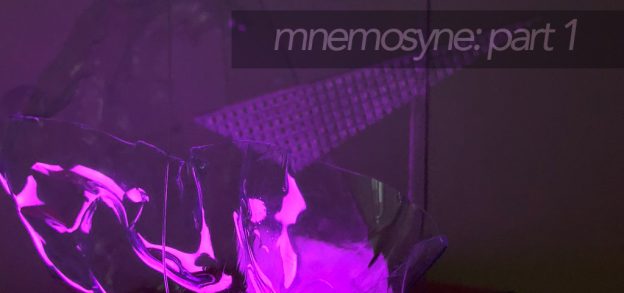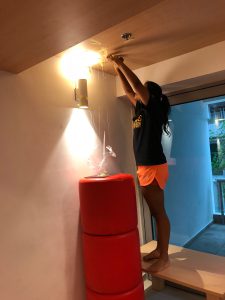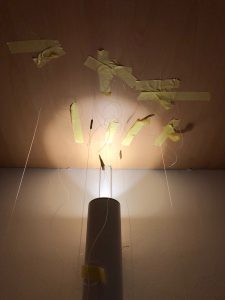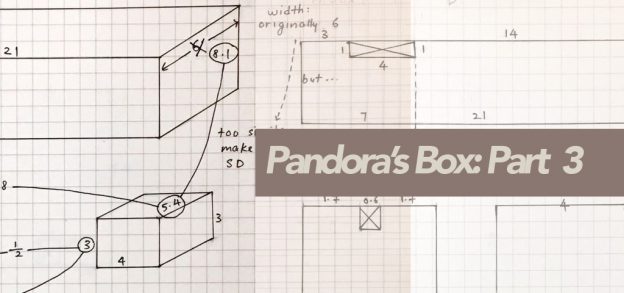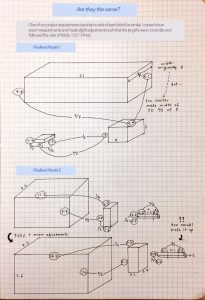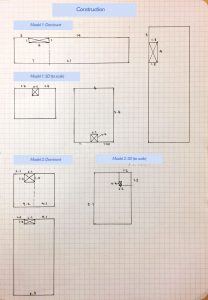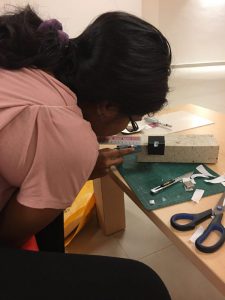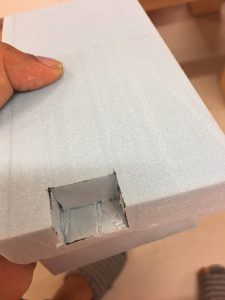The theme I got was… spring! (o˘◡˘o)

I was super happy when I found out I was getting this season because I love spring and all that it symbolizes. I made a mindmap to work out the nuances in the season, and to set a direction for my final models.

The scene I was particularly inspired by for my color palette were these scenes from Bambi, like I have mentioned in my mindmap.
In my mindmap, I thought about what spring meant to me – renewal and rebirth. But in order to make the sculptures personal to me, I thought about when I feel renewed when I eat food: in the morning, when I start my day with Indian food, and desserts at night when I’m rushing assignments. I further broke desserts down into 3 main categories: cake, ice cream and chocolate. This was the point in time when I decided to make two sculptures to represent both of these ideas.
Next, I had to decide on which Indian foods and desserts to use, and how to make some of them.
Some preliminary research on Indian food:





(From left to right)
Photo 1: Dosai (Cone) – Pan fried pancake made from rice and black gram
Photo 2: Idly (Cylinder) – Steamed cake made from black lentils and rice
Photo 3: Vadai (Cylinder) – Deep fried doughnuts made from lentils, curry leaves, onions, chillis
Photo 4 & 5: Kozhukattai (Sphere) – Steamed dumpling made from rice flour, with a filling of grated coconut and jaggery
Choice between Idly and Vadai: as I had already decided firmly on the Kozhukattai SO being white in color to reflect the purity and rebirth of spring, I felt that Vadai would be a better choice in terms of the color scheme, so that both the SD and SO would not be the same color.
Furthermore, I’d like the three items to reflect the three ways Indian food is cooked: 1) steamed (SO; kozhukattai), 2) pan-fried (D; dosai) 3) deep fried (SD; vadai).
Here are some process shots of me making the food; photos 1 shows me making the dosai cone, photos 2 to 6 show the process of me making the kozhukattai sphere (required the most steps and work) and photo 7 shows me frying the vadai cylinder. It was challenging making three different Indian dishes, but I’m super happy I managed to do it and make them really look like those shapes too.








For my second sculpture, I wanted to incorporate all three of my favorite types of desserts – namely, cake, chocolate and ice cream, as written in my mindmap. They truly make me feel anew at 3 am in the morning when I’m finishing an assignment. I picked an ice cream cone to represent ice cream – actual ice cream wouldn’t have been a very viable material to use – a matcha ring cake from Chateraise to represent cake, and a Hershey’s chocolate ball to represent chocolate. Since we had to have 2 SOs and 2 SDs, I added an extra SO in form of a wafer.



In order for my dominant branch to be able to stand, it needed a solid base to be stuck into. Hence, I got the foam used for flower arranging and pressed it into my base container. Then, I covered the edges with double sided tape and stuck cling wrap over so that the foam bits would not fly around and get messy, and interfere with the food.


I had some problems initially with poking a neat hole through the wafer cone so that the dominant branch could be inserted, but I managed to figure it out by using a very sturdy piece of wire to pierce through. I also had some problems with the positioning of the holes so that the cone would balance at the 30 degree angle, so I tried piercing holes in different areas in order to find the right one, pictured in the second photo.

I had two types of wafers I could have used: the cappuccino one or the strawberry one. Even though the cappuccino wafer color’s were more harmonious with the color scheme of the sculpture, I felt that the pink of the strawberry was very in tune with the happy, light nature of spring. Furthermore, the color made it stand out as an SO.

